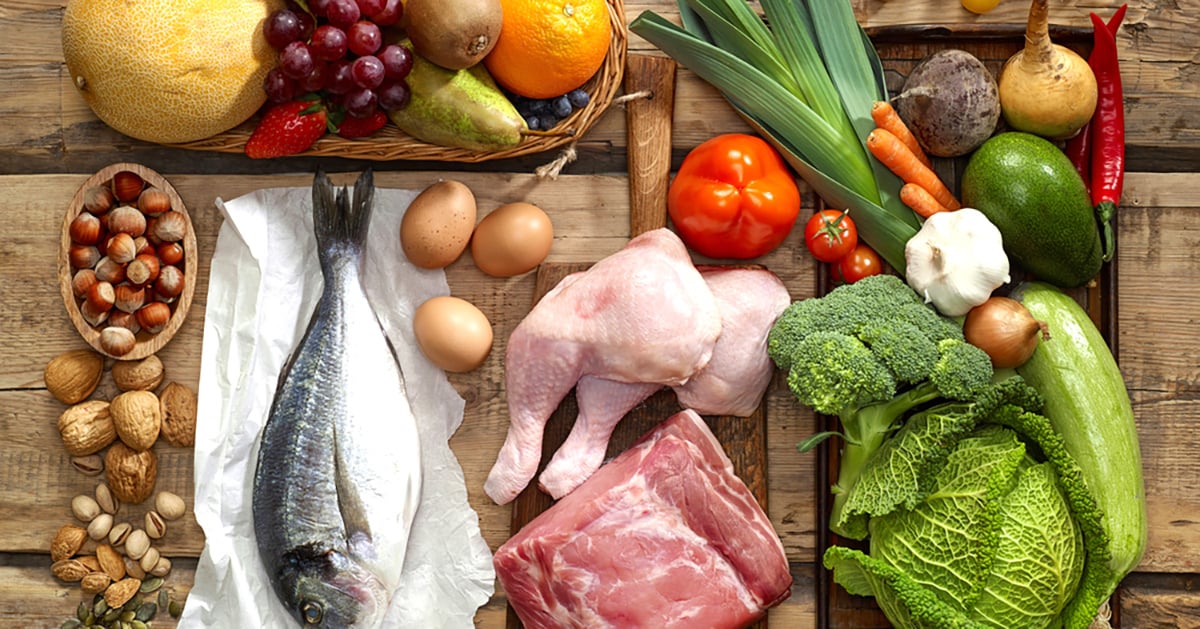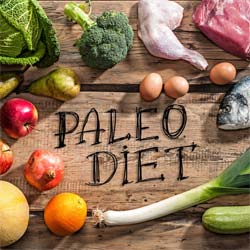
This article will focus on the best diets that promote heart health. These diets are rich in nutrients and include a variety of vegetables and fruits. These diets are good for your heart health, weight management, and reducing the risk of chronic inflammation. Let's take a closer at each diet to help you decide which one is best for you. In addition to their health benefits, they also have their drawbacks.
Mediterranean diet
There are many experts who disagree about which diet is the most healthful. One group of experts is called the nutritional community. They disagree because different people require different types nutrients to stay healthy. The majority of experts agree that Mediterranean food is the best. It has fewer calories and less fat than other diets. It also reduces sodium, highly processed foods, refined carbs and fatty cuts. You should be aware that some foods can't be eaten with this diet.
Olive oil is one key component of the Mediterranean lifestyle. This oil offers many health benefits. It is important not to heat the oil too much to destroy its health benefits. This oil should always be eaten raw, lightly roasted, and never cooked. At least 3 tablespoons of nuts and seed per day is recommended. These foods are packed with antioxidants as well as phytochemicals. In addition to eating fruits and vegetables, the Mediterranean diet also encourages consuming moderate amounts of meat.
Mayo Clinic diet
The Mayo Clinic diet, which focuses on healthy eating and exercise, is divided into two phases. The first phase of the Mayo Clinic diet, Lose It! aims to lose about 1-2 pounds per week, while encouraging healthy habits and lifestyle improvements for the rest of your life. Participants learn how to maintain their weight loss and how to keep it off during the second phase called Live It! This diet provides an online platform and mobile app as well electronic tools for meal planning and habit tracking.

The Mayo Clinic Diet offers many benefits but it is not a guaranteed way to lose weight. Even though the diet emphasizes the food pyramid, it is still difficult to follow and requires a change of mentality. It also requires careful planning, as dieters should be motivated to stick with the plan and achieve their goals. For example, the Mayo Clinic diet encourages you to eat nutrient-dense foods while limiting high-processed foods.
DASH diet
A DASH diet is a healthy, low-sodium diet. Even if you're healthy and don't have any heart problems, high-sodium foods can cause health problems. Avoid sugary products, including pastries, bread, and packaged potato snacks. Also, stay away from enriched grains, such as white bread and pasta. Convenience shops and frozen meals may sell high-sodium foods. Additionally, alcohol can increase blood pressure.
DASH diet foods contain high levels of natural fiber and other nutrients. They are more nutritious than processed foods. DASH emphasizes low-fat dairy products like skim milk, low fat cheese and yogurt. It also suggests sticking to lean cuts and occasional red meat. Additionally, it is recommended that you avoid fat-free cheese and margarine. You also need to limit your consumption of high-calorie drinks as well as foods and drinks with added sugars.
5:2 diet
The 5/2 diet limits calories to two days per week and allows for five meals and snacks. Although this diet may be healthier than traditional methods of weight loss, it can be difficult to maintain and may not suit all people. It may be a good way to lose weight. However, different diets are better for different people. Accordingly, the 5/2 diet is not recommended.
The 5:2 diet emphasizes whole foods, complex carbs, and healthy fats. University of Illinois at Chicago studied the effects of the 4/3 diet on dieters. It found that they lost an average of five kg without losing any muscle. In addition, triglyceride and leptin levels fell by 20 percent and 40% respectively, two markers of inflammation. Nonetheless, the 5:2 diet is not suitable for those who are suffering from eating disorders or migraines.
Carnivore diet

The best carnivore diet is one that is completely based on meat and animal products. This diet is beneficial because it helps regulate cholesterol levels and promotes autophagy, the natural process of cell repair and cleanup. However, eating a carnivore lifestyle can increase your risk of developing non-alcoholicfatty liver diseases (NAFLD). This disease is caused by the buildup of saturated fat in the liver, and it isn't usually reversible with dietary changes. Inflammation of the liver may also increase your chance of developing liver cancer.
Another benefit of a carnivore diet is that it is easy to follow. Most of the calories should come from fatty cuts of meat. These include NY strip, NY steak, flank, and tbone. This diet restricts carbohydrate intake and favors fat-rich proteins rather than carbohydrates. A preferred source of energy, fat is also acceptable. Fish high in fat should be eaten.
FAQ
Do I have to learn how to cook with my children?
Yes! Yes! It's a great way to teach responsibility and teamwork. From washing vegetables to chopping onion, children can help. They will enjoy helping you to cook if your children are safe with knives.
What is the cost of a culinary school?
Culinary school costs vary depending on where you go, how long you study, and what program you choose. Average tuition costs between $10,000 and $30,000. The majority of students graduate with around $20,000 in student debt. However, some programs offer scholarships, grants, and work-study opportunities.
Do I need to go to culinary school to be a chef?
No. No. Some chefs even attended culinary school to gain more experience. Many chefs prefer to attend culinary school for the increased opportunities to learn and grow as professionals. Culinary schools offer hands-on training which allows students to improve their skills and knowledge of cooking.
Statistics
- You'll be amazed that over 90% of CIA students receive scholarships and grants to finish their culinary studies. (ischoolconnect.com)
- The median pay for a chef or head cook is $53,380 per year or $25.66/hour, according to the U.S. Bureau of Labor Statistics (BLS). (learnhowtobecome.org)
- According to the BLS, chefs earn $58,740 a year. (learnhowtobecome.org)
External Links
How To
How to cook steak
The type of meat you are cooking will determine the right method to use. Thicker steaks, for example, are better cooked at low heat while thicker steaks require higher temperatures.
You should also ensure you don't overcook them because they'll lose flavor. And remember always to remove the steak from the pan when it's done - this way, you won't burn yourself.
Cooking times vary depending on the size and degree of doneness desired. Here are some general guidelines:
Medium Rare: Cook till medium rare. This is when the internal temperature of the food reaches 145°F (63°C). This takes between 3 and 5 minutes per side.
Medium: Cook until medium, which means the internal temp reaches 160degF (71degC). This usually takes about 6 minutes per side.
Cook well until done. That means that the internal temp reaches 180degF (82degC). This usually requires 8 to 12 minutes per side.